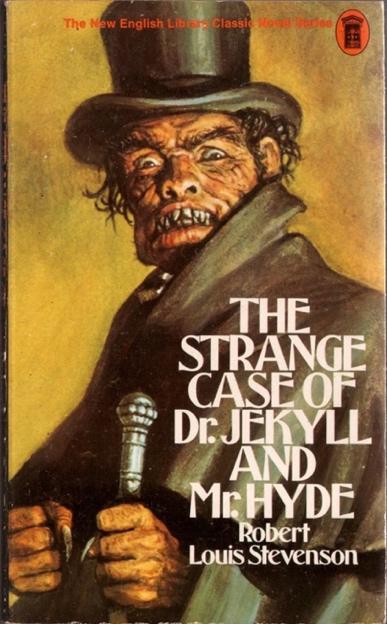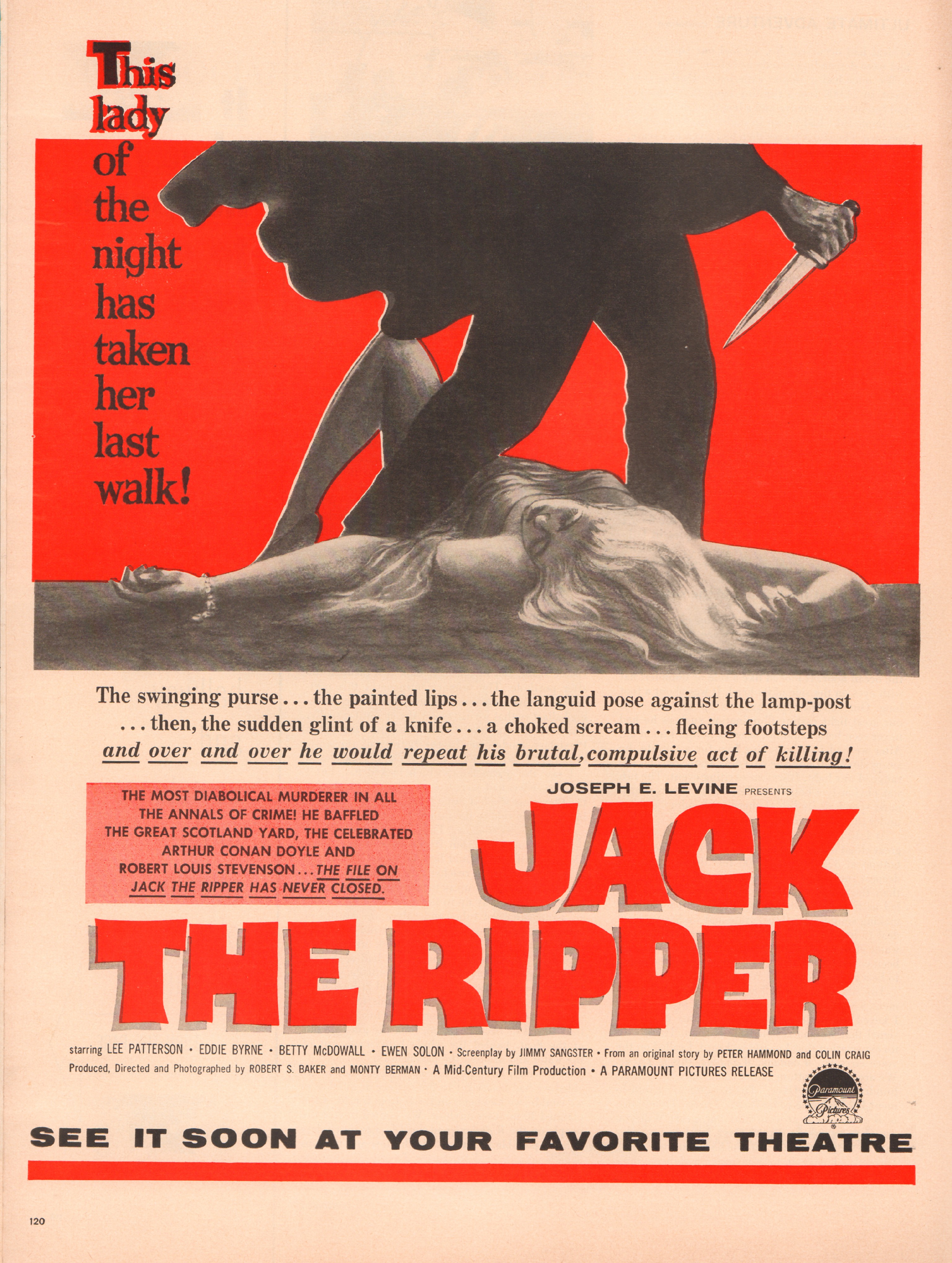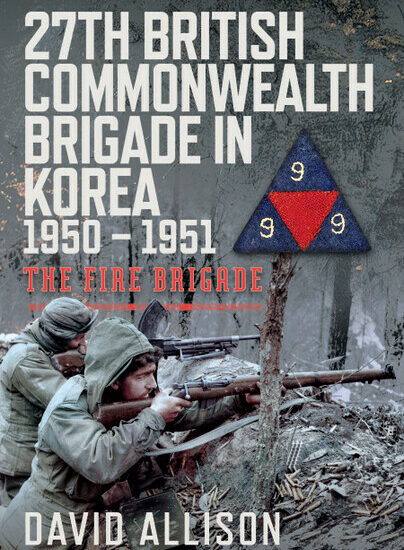Author Guest Post: Alexandra Godfrey & Barry Godfrey
Halloween Ghosts and Halloween Crimes!
There are notorious tales of the supernatural undead preying on unsuspecting innocent victims at Halloween. Ghostly tales flood the media at this time of year, and we remember classic ghost and monster stories by Edgar Allan Poe, Bram Stoker, and Mary Shelley. The sort of unearthly monster that Stevenson portrayed in ‘Jekyll and Hyde’ fits easily into the same mould:
‘The rosy man had grown pale; his flesh had fallen away; he was visibly balder and older … He put the glass to his lips, and drank at one gulp. A cry followed; he reeled, staggered, clutched at the table … his face became suddenly black and the features seemed to melt and alter … I began to be aware of a change in the temper of my thoughts, a greater boldness, a contempt of danger, a solution of the bonds of obligation. I looked down; my clothes hung formlessly on my shrunken limbs; the hand that lay on my knee was corded and hairy.’ (Stevenson, R. L. Strange Case of Dr. Jekyll and Mr. Hyde, 1886).

Was Hyde a criminal? A demon? Would we really call Stevenson’s catastrophic throwback to an earlier evolutionary stage of mankind. Despite his ‘crimes’ he was never the sort of criminal that would appear in a detective novel, or in court, although of course neither did one of Britain’s most notorious criminals:
“London appeared to have its own Mr Hyde stalking the streets. The 1888 Whitechapel murders have now become notorious … they have become as much a symbol of Victorian London as Big Ben or the Tower of London. Foggy alleyways, dimly lit by eerie yellowy gaslight, violent predatory ’fiends’ stalking the streets of London, all very sensual and evocative of the period, the Whitechapel murders came to symbolise the danger of late nineteenth century cities, especially the East End of London. From the spring of 1888 to the autumn of 1891, the newspapers devoted more and more newsprint to a series of murders committed by an unknown ‘fiend’. Jack had long been a nickname for daring and dangerous criminals and, given the nature of the gruesome crimes, “Jack the Ripper” was born (Godfrey, B and Godfrey, A. Criminal Classes 2024: 93).

We talk about both Jekyll and Hyde and Jack the Ripper in Criminal Classes” but thought it would be fun to trawl the historical newspapers to see what other diabolical crimes were reported there – especially when Halloween loomed…!
On October 29th 1801, the Caledonian Mercury reported a “Charge of Murder at Bow-Street:
Yesterday, Richard Stark, porter to a cheese-monger in the Strand, was examined before R. Ford, Esq. on suspicion of having been guilty of the wilful murder of Mary, his wife, on Saturday night last, at their apartments in St Clement’s Lane. Mr Crowther, of Boswell Court, Carey Street, and Mr Andrec of Hatton Garden, surgeons, stated, that they yesterday morning went together to inspect the body of the deceased, which they found had been very much bruised, apparently by blows or kicks, or both; that on opening the body they found a large quantity of blood, above two quarts, effused in the cavity of the belly, on removing of which blood the spleen was discovered to be ruptured, and they observed external marks of bruises corresponding with the said injury done to the spleen; on the whole, they were of opinion that she died in consequence of the rupture of the spleen, which appeared to them to have been occasioned by the said bruises.”
On 28th October 1812, the Bury and Norwich Post had even more gruesome news:
“Dreadful Murders” – On the 17th inst. a farmer’s wife near Kingsbridge, Devon, was found murdered in the kitchen, on the return of her husband from labour. The clothes of the murderer were found beside her body, he, having with great coolness, put on those of the master of the house. He said that he approached the house in which the deceased lived, and having ascertained the absence of the owner, he entered the kitchen, and found the woman busily employed about dinner, knocked her down with a broomstick, took up a bill hook, which he stuck in her neck, and finished the business by cutting her throat with a pruning knife.”
On October 4th 1930, the Hull Daily Mail reported a “Most Puzzling Crime – Baffling in fact:
the shooting of Mr Samuel Fell Wilson, the provision merchant was found shot dead in his car less than a mile away from his home on a forest road in the middle of the night. Will this go on tom swell the file of unsolved crimes? There is no doubt that New Scotland Yard and Notts Constabulary have dealt with one of the most mysterious crimes ever committed in Nottinghamshire … In the eleven or twelve days that the Scotland Yard experts have been in charge of the investigations they have taken over three hundred statements and have in their possession a mass of information, but there are vital points missing which leave them in a quandary … the mystery is that a man could be shot with a shotgun without a pellet mark being found on the car, especially where it is remembered that a twelve bore cartridge contains 200 pellets…”

These are particularly gruesome and mysterious crimes – a fatal shooting without evidence, and desperate bloody murder – so is there something especially wicked about Halloween – something supernatural that turns normal people into the monsters we talk about in Chapter Five of our book? Well, there are a couple of things to remember, the first is that people commit atrocious acts at all times of the year. The most appalling crimes can be committed in any season! Second, our fears about crime are always higher when the days are shorter. Darkness covers a multitude of evils, but it also covers a multitude of crimes as well, and its not surprising that offenders might take the opportunity of dark nights and poor street lighting to carry out their misdeeds.

……………………………………………….

Order The Criminal Classes here.

